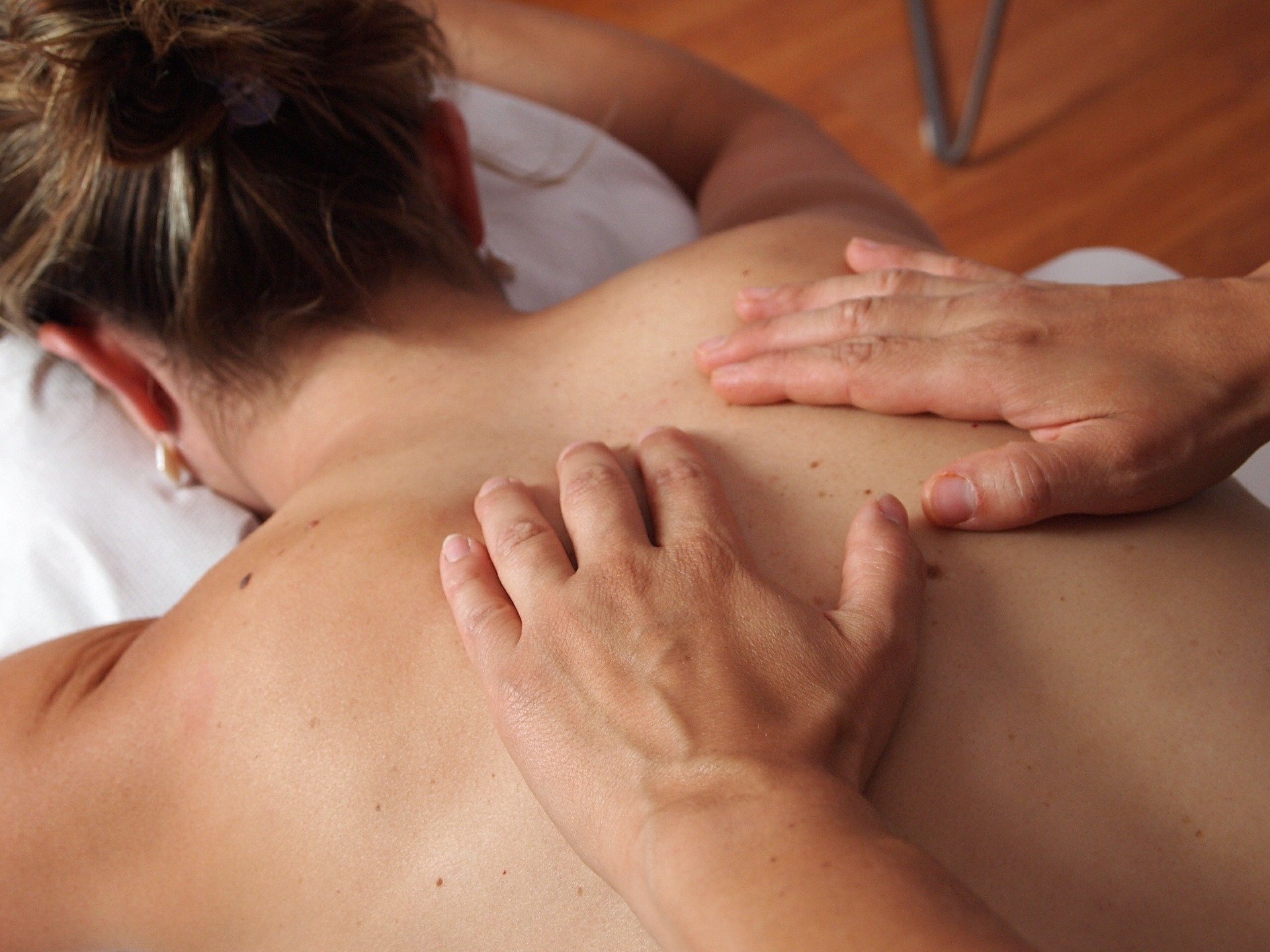Manipulative physiotherapy is a passive technique to manage musculoskeletal conditions where the physiotherapist uses high velocity thrust to manipulate a stiff joint. It is used to improve the mobility of tissues, joints, ligaments, tendons and muscles. This treatment is very fast and gives instant relief to the stressed muscle. It is associated with an audible crack sound. The sound is because of the release of gas from spinal facet joint, which gets accumulated when there is less pressure than normal in the facet joint. On providing high velocity thrust, the pressure suddenly rises and the gas gets released creating that sound.
Manipulation is done by musculoskeletal physiotherapists who are skilled to assess, diagnose and manage the musculoskeletal conditions. They are well trained to use evidence based and scientific methods to diagnose the disorder. They are highly efficient in their examination in a way that they can create a diagnosis report almost similar to that created by targeted imaging processes.
This technique requires less time as compared to other treatments and gives instant relief from pain although on short term basis. But it relaxes chronic muscular stress and improves the mobility of joint adding on comfort for patient till the internal conditions get recovered fully by medications and other treatments. It starts to give results within weeks and not months or years.
Researches have proved that manipulative physiotherapists are highly experienced and accurate in diagnosis of symptomatic facet joints(Philips and Twomey 1996), symptomatic intervertebral discs(Donelson et al 1997) and lumbar instability (Avery 1997).
The cost effective and evidence based mechanisms adapted by physiotherapists are reviewed on regular basis to analyse the current practices and improve the techniques with positive modifications. The Manipulative Physiotherapists Association of Australia(MPAA) has reviewed the theory on low back pain on the basis of level I evidence(systematic reviews) and level II evidence(randomised controlled trials).
The biophysical framework of patient is also taken into consideration while providing manipulative treatment. The history of musculoskeletal disorder, the tolerance of patient to bear the instant thrust, the severity of the condition, all are analysed by professional research. Patient should be convenient in undergoing manipulation physiotherapy. He must follow the exercise and medical prescription.
Spinal Manipulative Technique (SMT) is helping patients suffering from spinal disorders. SMT helps to reduce spinal stiffness and has been reported to provide short term pain relief for patients suffering from spinal pain. Chronic back pain is also known to get decreased by manipulative physiotherapy. Certain bio-mechanical changes happen as a result of SMT which cause physiological changes. SMT stimulates the golgi tendon organs and muscle spindle afferents that effect the capacity and nature of sensory information received by central nervous system(CNS). It also changes motor neuron excitability and affect reflex neural outputs.
Manipulative Physiotherapy yields best results in treatment of chronic muscular pains when associated with other therapeutic modalities. Bone weakness and surgical deformailities must be checked before recommending manipulation physiotherapy to the patient.









